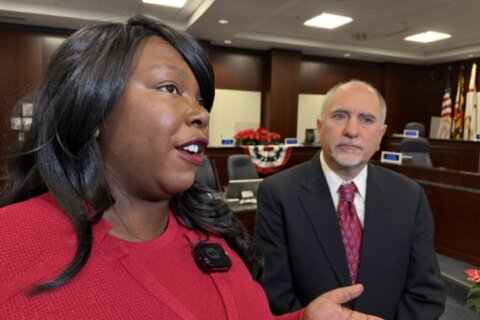Prince George’s County, Maryland, is beefing up a new program that hopes to convince churches to develop some of their land into affordable housing.
The Faith-Based Development Initiative isn’t entirely new in and of itself, but it’s been expanded in Prince George’s County to help put a dent in the goal of building 26,000 new affordable housing units.
The money provided under the new fund helps churches through the beginning of a longer, lengthier process that includes more pots of money available to help defray the costs of turning this dream into a reality.
Money being offered by the county and Enterprise Community Partners will “give them technical expertise so they can access that larger pot of funding,” said Angie Rodgers, the chief administrative officer for Prince George’s County.
“It gives them access to architects, to lawyers (and) to finance folks who will help them form projects that can then access those larger pots of money,” she added.
So far, seven churches have signed on, with promises to build about 700 new affordable units. Each church typically builds about 100 such affordable units when they develop on their land, and Rodgers said the goal is to get about 10 to 15 churches around the county involved.
“This is really us bringing some expertise to the table, and them bringing some land and together … we think it makes for a really great partnership,” said County Executive Angela Alsobrooks.
The forum was held at Refreshing Springs Church of God in Christ, which sits on East-West Highway in Riverdale. It’s also a church that’s using programs like this to help build more affordable housing.
“The church absolutely has an obligation to meet the needs of the communities where they preside,” said Lisa McDougal, president of Sowing Empowerment and Economic Development, the group behind that project, which will build hundreds of new housing units as part of a mixed-use project along the Purple Line.
“Mixed-income, multi-family, some home ownership,” she said, adding that there will also be town homes and senior housing as part of the 10-acre project. About 60% of the units will be set aside for “affordable” renters.
The program her group used to get the project started “walks you through the entire process. Many individuals in church leadership won’t know exactly how to move into the development process. So they’ll learn more about lending. They’ll learn more about how to engage their community. They’ll learn more about the entire housing development process.”








